
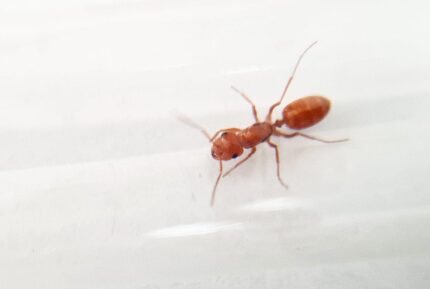
Cataglyphis aenescens
219,90 zł – 669,90 złPrice range: 219,90 zł through 669,90 zł
Worldwide shipping
Free delivery over 999 PLN
The highest quality of goods
Live delivery guarantee
24/7 Personal Support
Fair Prices
Description
The Cataglyphis aenescens is a polygynous ant species with colony sizes of up to 5000 workers. They have a fast development speed and come in different sizes, with queens measuring 10-12 mm and workers ranging from 4-9 mm. The ants are black in color and their nutrition includes insect food, syrup, fruits, vegetables, jelly, and cooked chicken without salt.
Additional information
| Behavior | |
|---|---|
| Difficulty in breeding | |
| Origin | |
| The size of ants | |
| Wintering |
Cataglyphis aenescens: The Fastest Species of Ants
Colony Type: Polygyny
Colony Size: Up to 5000 workers
Development Speed: Fast
Size
- Queen: 10-12 mm
- Workers: 4-9 mm
- Majors: 8-11 mm
Color: Cataglyphis aenescens ants are predominantly black in coloration. This dark hue serves as a camouflage in the desert habitats where they naturally thrive. The contrast created by their black bodies against the sprawling golden sand helps these ants remain inconspicuous and avoid predation.
Nutrition
- Food insects (such as cockroaches and crickets) dead, or live if colony is big
- Syrup (a mixture of water and honey or sugar, with a ratio of 3 water:1)
- Fruits and vegetables
- Jelly
- Cooked chicken without salt, shrimps
- Honey
Don’t forget to check out our food products to ensure a well-balanced diet for your colony!
Humidity and Temperature
- Humidity: Arena: 30-50%, Nest: 50-70%
- Temperature: Arena: 25-35 °C, Nest: 24-28 °C
Features of Cataglyphis aenescens
Cataglyphis aenescens earned its reputation as the fastest species of ants. Their elongated legs enable them to move with incredible speed as they navigate their desert habitats in search of food and resources. Marvel at their agility and observe their swift movements as they interact with their environment.
Recommended Nests for breeding
- Acrylic nests
- Ytong nests
- Gypsum


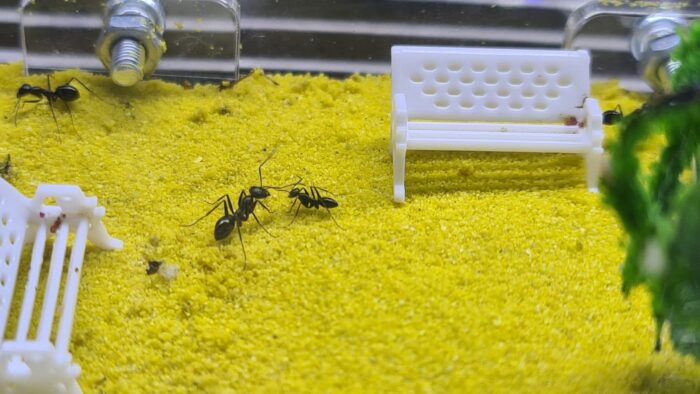
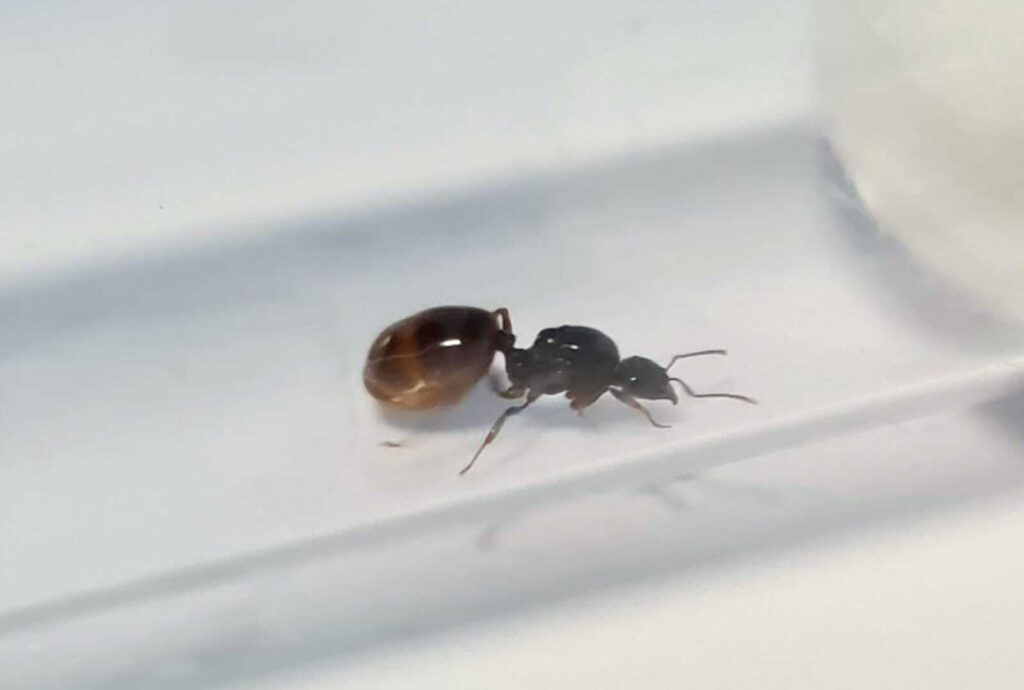
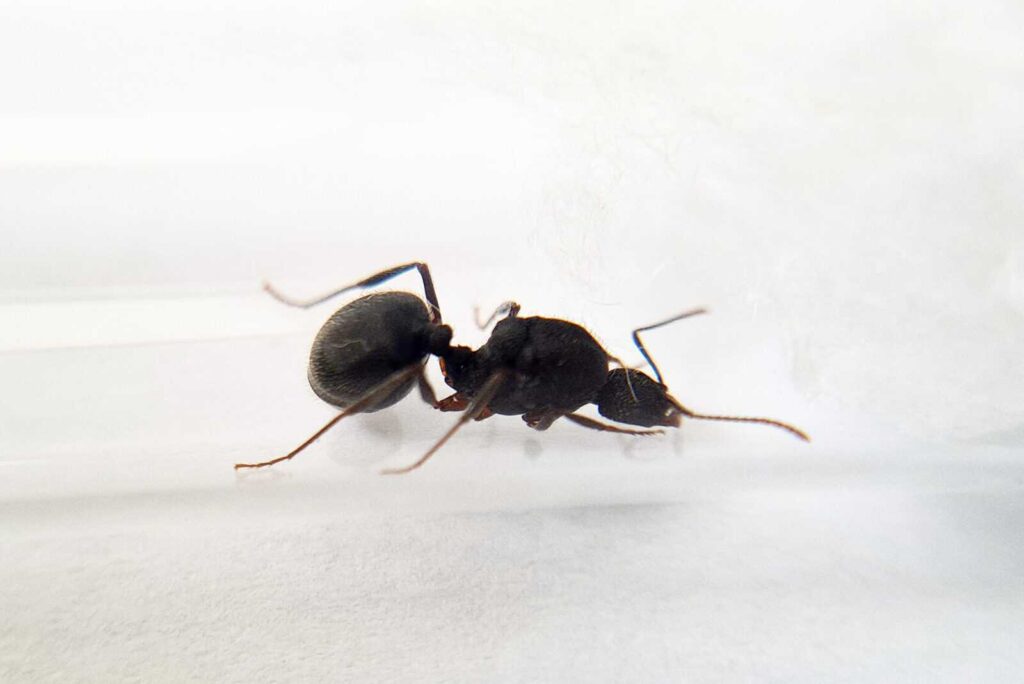
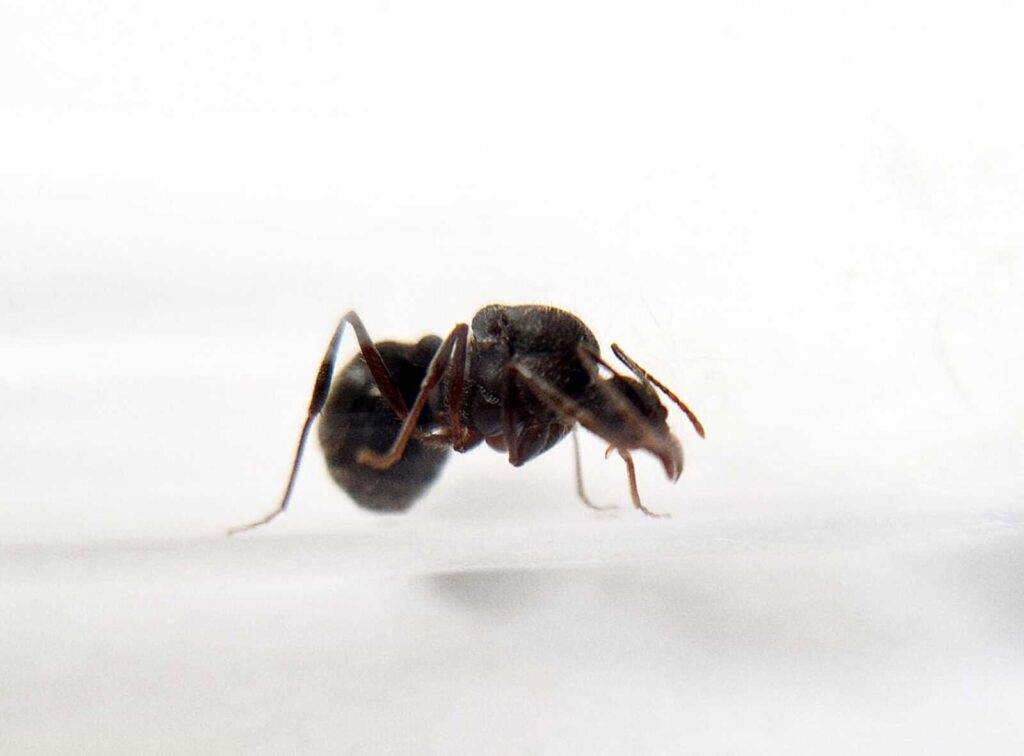
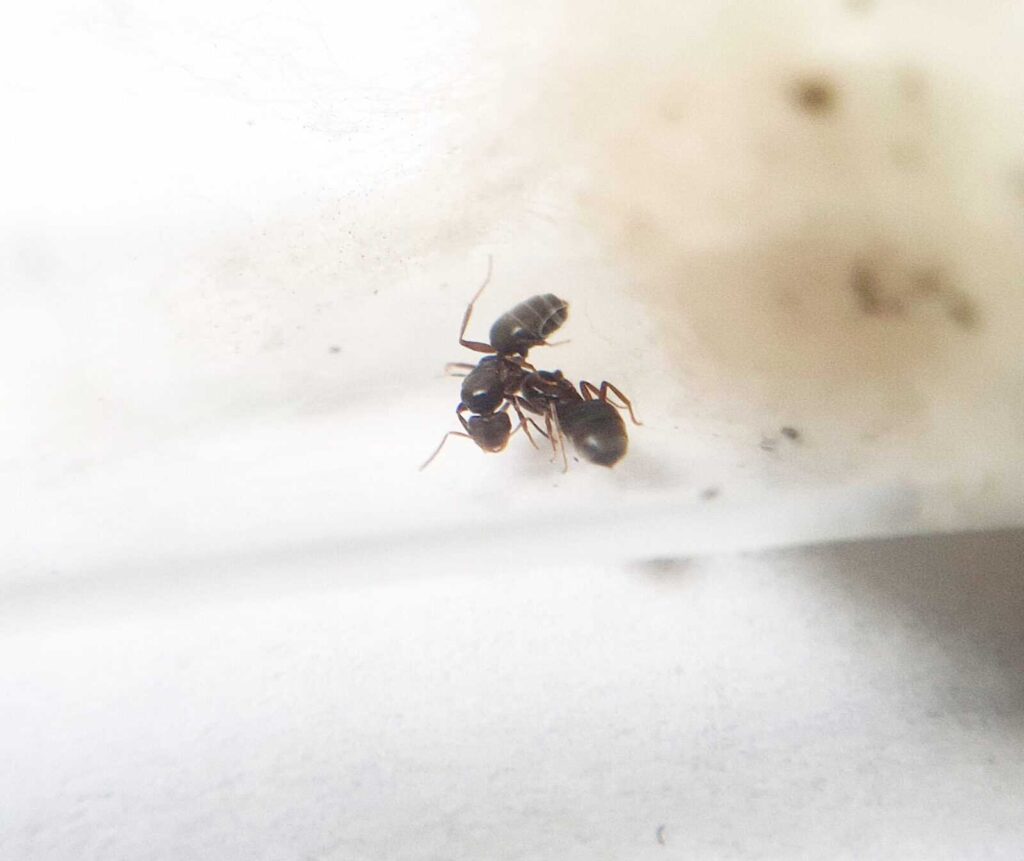
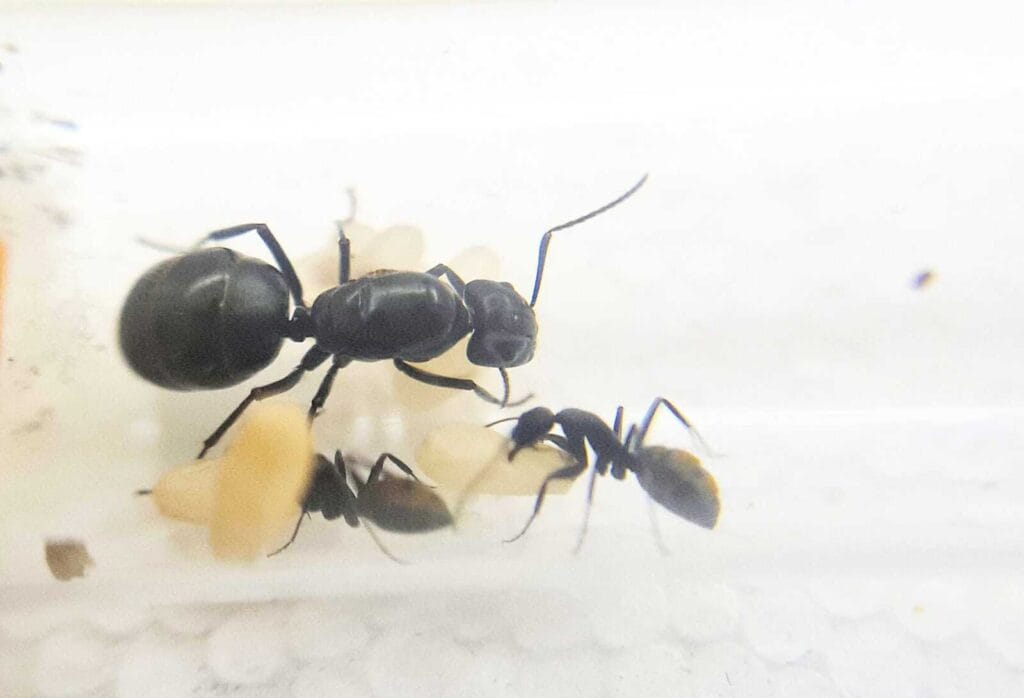
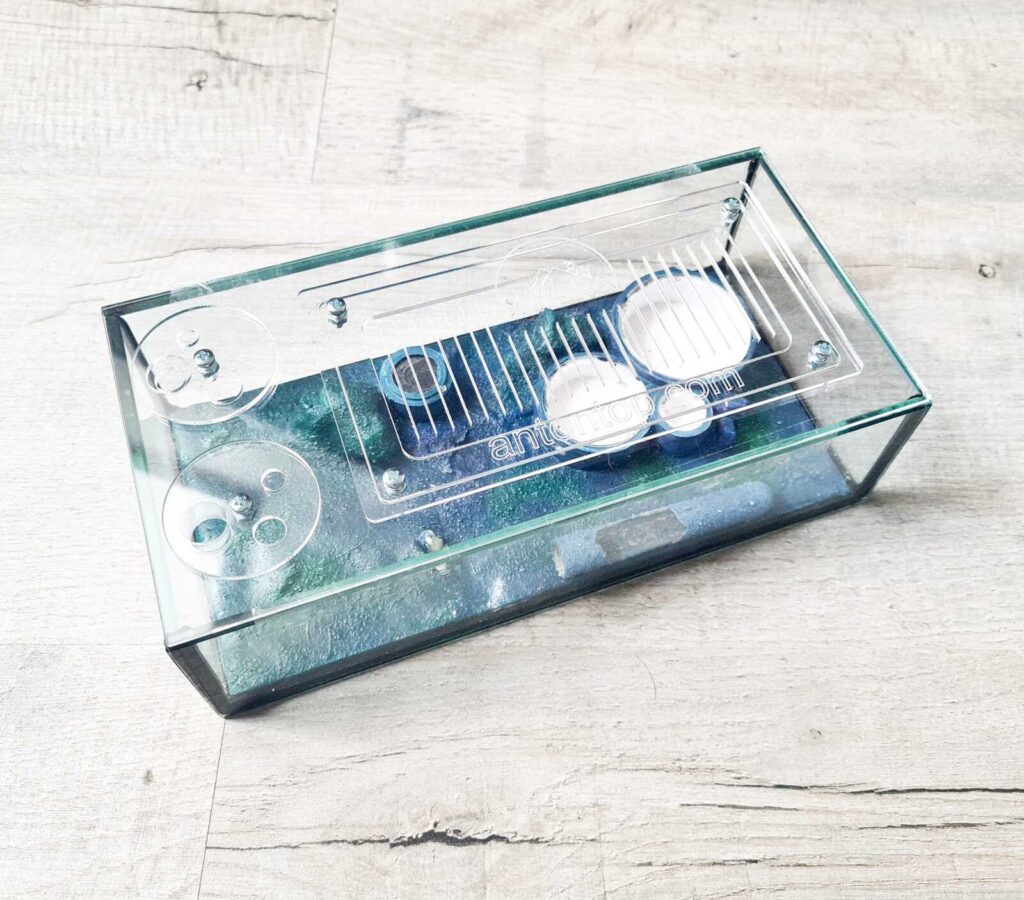
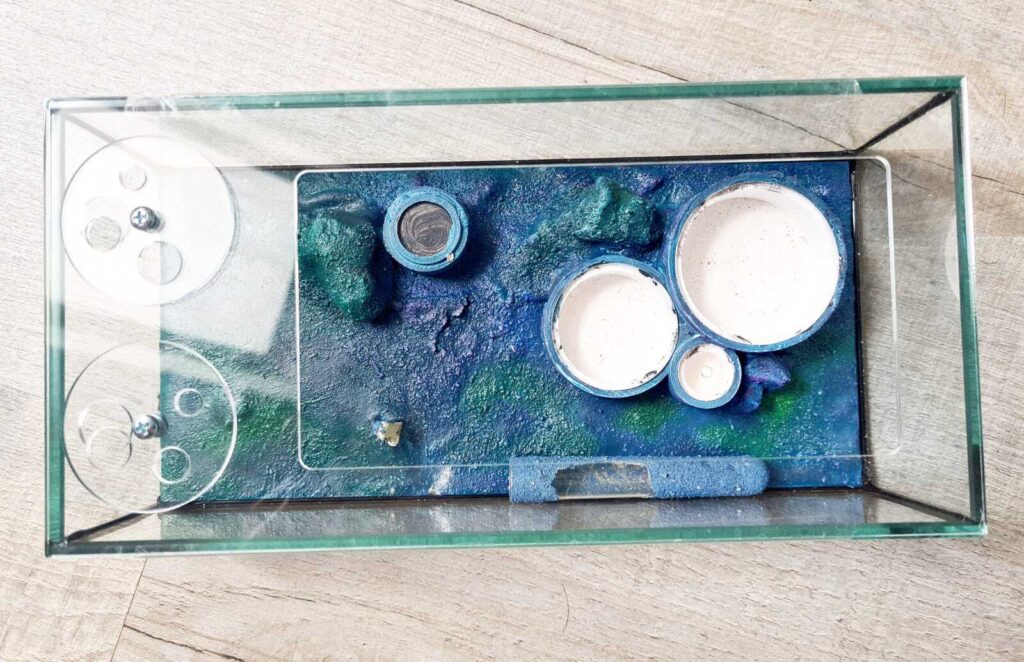
Reviews
Clear filtersThere are no reviews yet.